Caring for leather upholstery
- Genuine natural leather features many truly individual characteristics. OKA only uses high quality full and semi-aniline leathers, many tanned using water-based dyes or pigments and finished with natural substances like beeswax. This allows the natural markings, scars, shade variation and beautiful characteristics of real authentic leather to be enjoyed.
- We offer leathers to suit all tastes. Some of our leathers have extra character with distressed and/or wax finishes which create significant variances in textures and colours, with enhanced markings under the wax.
- With a little care, leather can improve with age. The odd mark or scratch may occur, body shape moulding will happen and colours can mellow; this simply enhances the unique character of the piece without affecting durability.
- OKA’s upholstered leather furniture is made to a high standard and will benefit from correct care and maintenance. To be sure you will be completely satisfied with your purchase, please take time to familiarise yourself with the details of our range of leathers
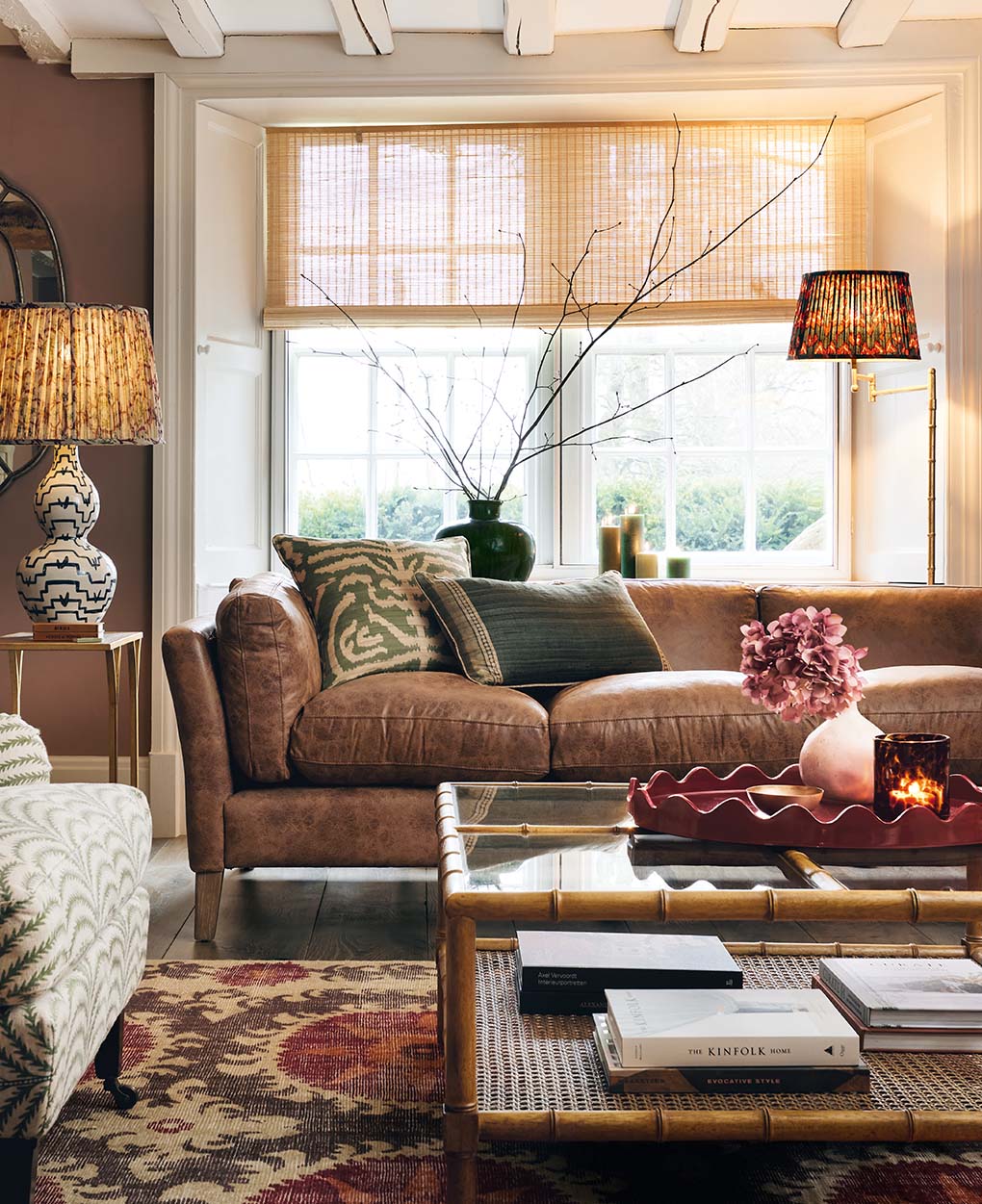
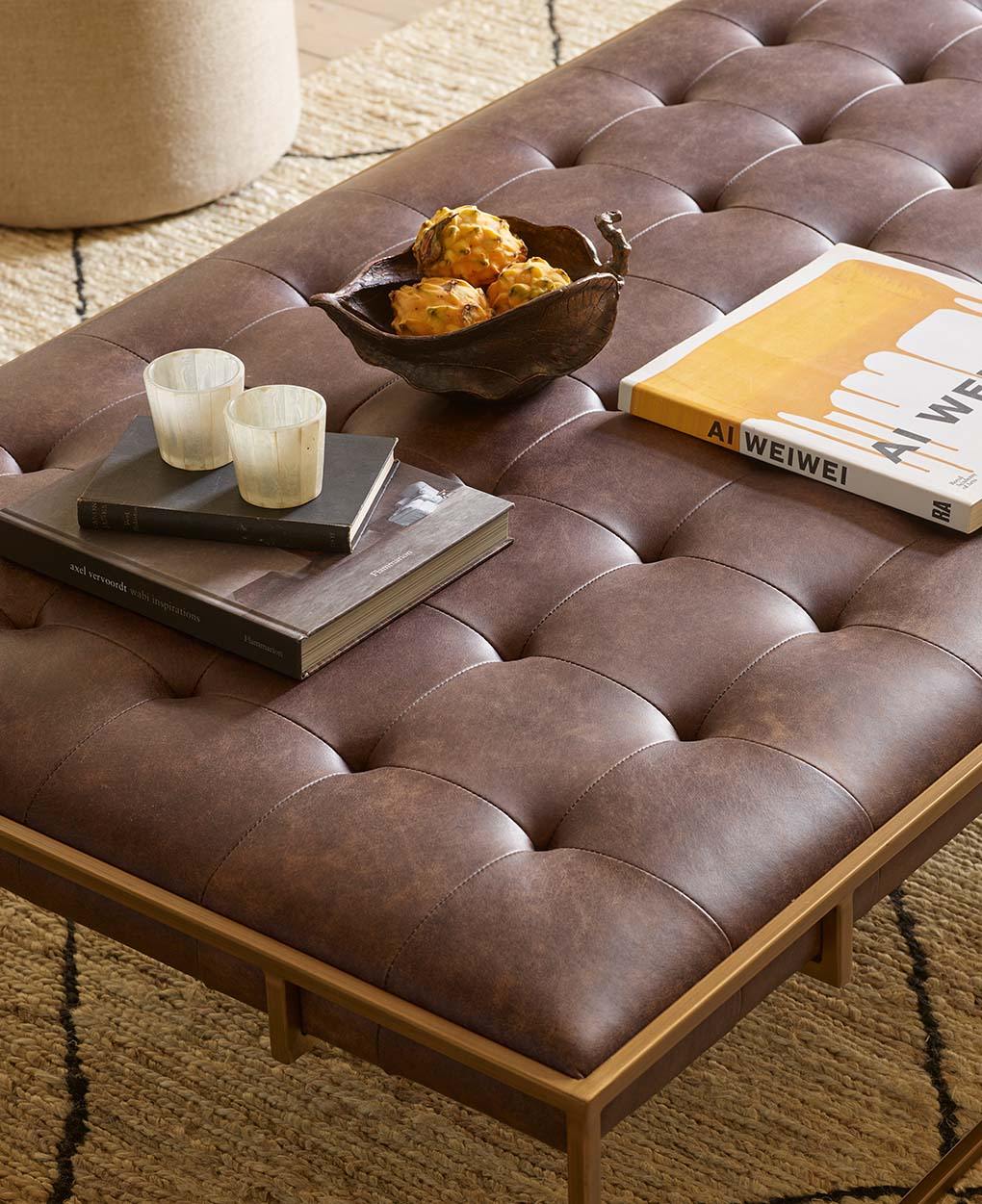
Understanding leather
Natural characteristics and features of all good quality leathers include:
Pull Up
- Leather must be stretched very tight for perfect upholstery; this causes it to appear lighter in colour especially across tighter areas such as arms which will be more obvious on wax and oiled finishes.
Scars
- Recognisable as dark lines in the leather, which vary in size, shape and texture and do not affect the durability or performance.
Scratches
- On some wax-finished leathers, characteristic scratch-type marks may occur during the tanning and tumbling processes, these will be under the wax. Scratches in use may be reduced by massaging the leather to redistribute natural oils
Neck, Growth Marks and Body Moulding
- Caused by stretching in the hide during its lifetime, these features may look like creases in the leather as after a time all leathers relax and mould from use. This is normal and does not affect performance.
Shade Variation
- Leather must be stretched very tight for perfect upholstery; this causes it to appear lighter in colour especially across tighter areas such as arms which will be more obvious on wax and oiled finishes
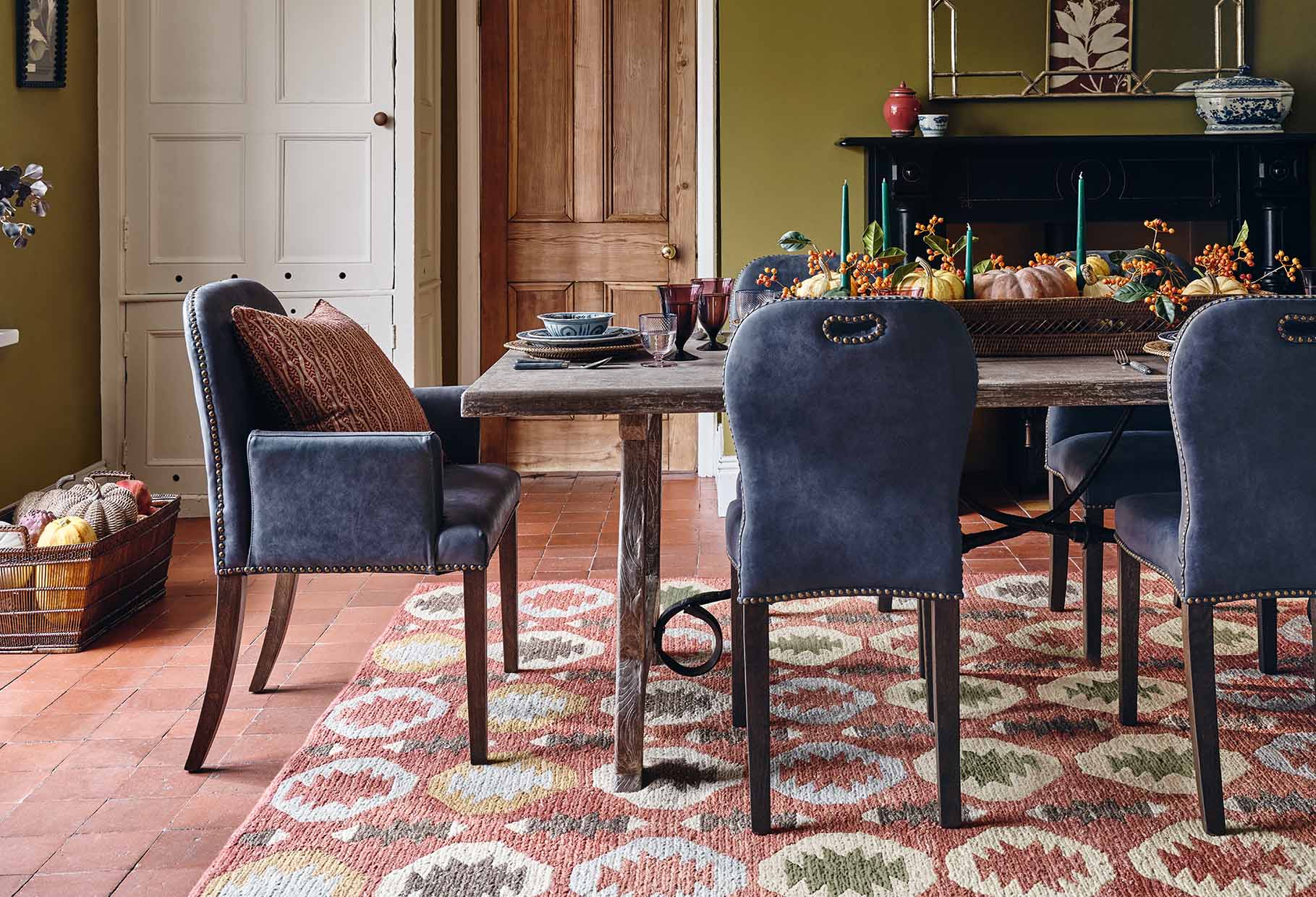
Seat cushions, fillings & seat covers
Cushions contain high quality fillings carefully calculated to give the correct height for each range. All seat and back cushion fillings will compress when used, just like a pillow. The appearance and performance of your cushions can be preserved by regular maintenance. Follow these simple steps as soon as your furniture is in use:
Foam with Fibre Wrap
-This is a firmer and more supportive filling than fibre or feathers which softens with use.
- Due to small tolerances in the polyurethane foam manufacturing process, hardness of foam may vary from cushion to cushion within the same product or order, the variance may reduce with use over time.
- Plump cushions firmly on the outside borders occasionally to restore air between the fibre and maintain the shape.
- Seat covers should be rotated, and redressed regularly to realign the seat edges.
All Cushion Fillings
- Fillings which are not maintained correctly from the beginning will bind and become difficult to restore, losing comfort and shape.
- Swap reversible cushions around and turn where possible to ensure equal wear.
- Selected upholstery ranges have cushion covers which are not fully reversible. Non-reversible filled cushions should have the pad removed from the cover and turned over occasionally.
- Cushions are likely to have moved during transit and because they need time to settle this may cause slight lifting of the back pads. Redressing may be required so they sit correctly, ensure the cushion pads are positioned well back, squarely and flat on the seating platform so backs sit flat to the seat.
- The feel of the seat will vary dependent on the material and size chosen. Larger versions of a range have more cushion surface area for air to escape; so may compact more and feel different to smaller options in the same range
Fibre Or Feather
- This is a soft and comfortable filling which requires frequent maintenance.
- As needed, fluff cushions firmly on the outside borders to restore air between the fibre or feathers, this will maintain the look and comfort, and help prevent the fibres or feathers binding or flattening.
- At least weekly complete the following maintenance; the more often this is carried out the better the filling will perform.
1. Place the cushion on one of its outside edges and beat the opposite border of the cushion inwards with the flat of your hands. The more vigorously you do this, the better.
2. Turn the cushion round a quarter turn onto the next side and repeat until all four sides have been beaten.
3. Finally, give the cushion a shake and replace.
4. Remove the filling interiors from their covers occasionally to plump them
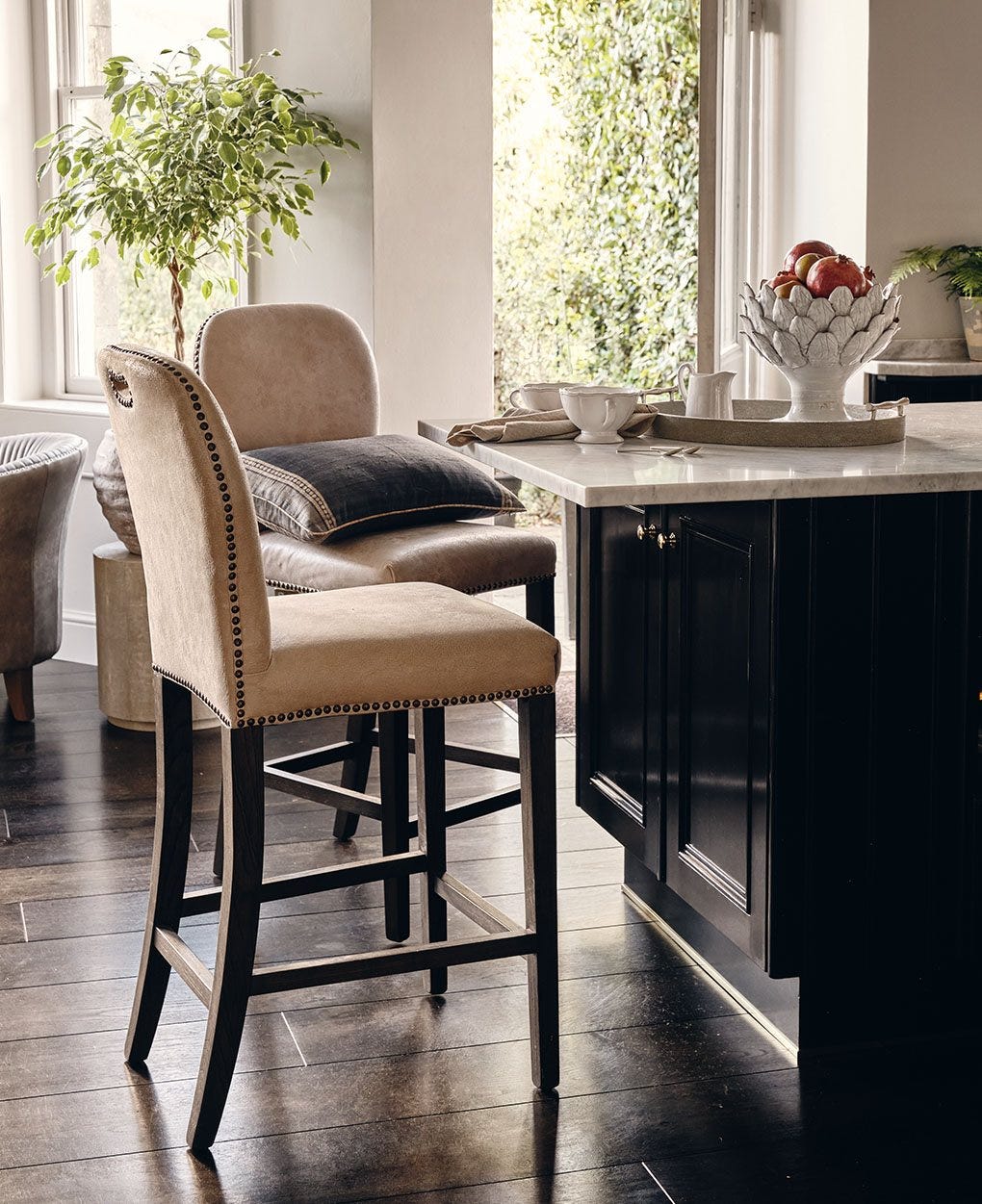
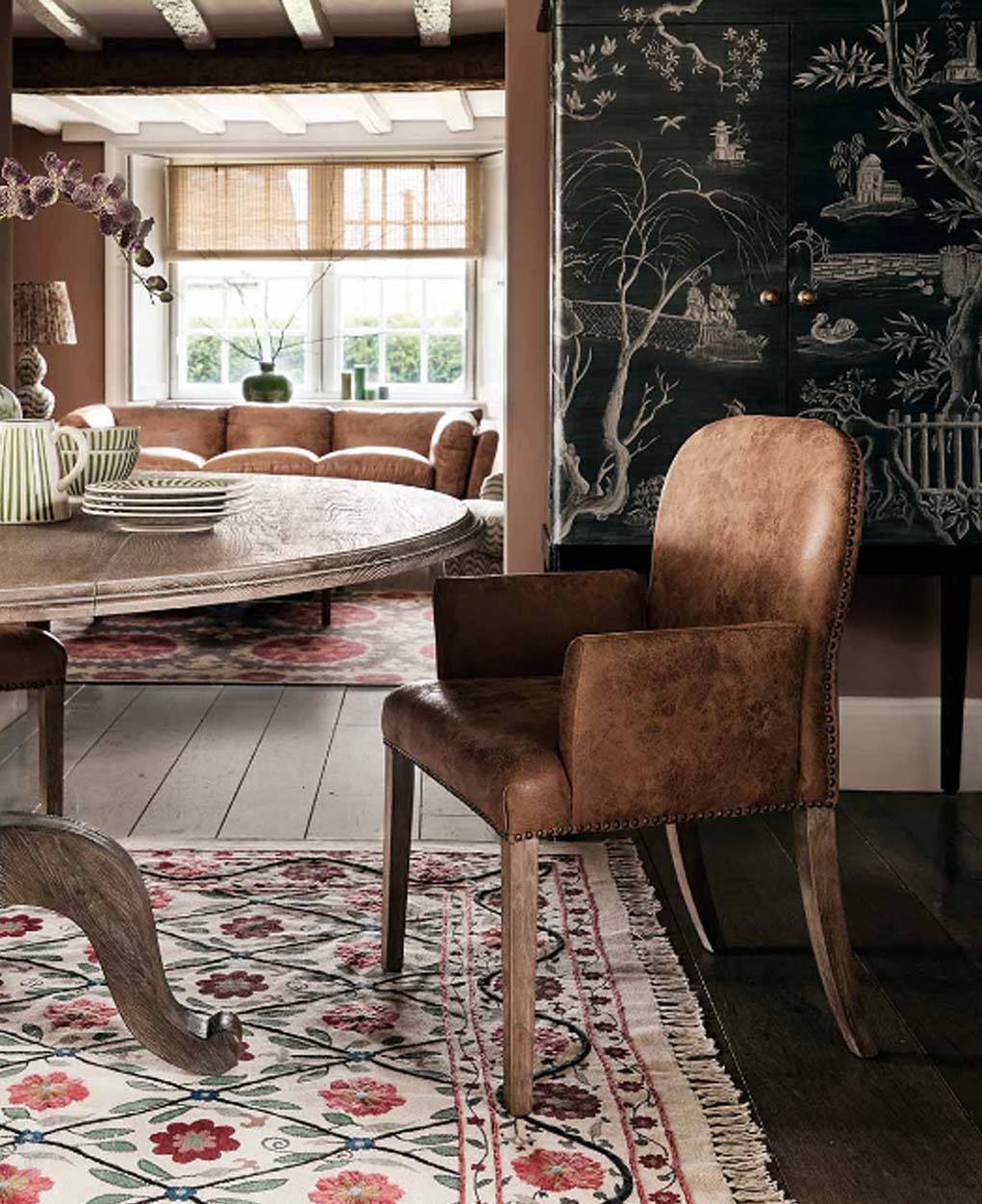
Legs, feet, levelling
-Furniture must be positioned on a level solid surface to ensure the product does not rock, which can cause damage to the frame; use felt pads on feet to assist if the floor is not level. Protect wooden and delicate flooring from possible marking by feet or castors by using felt pads or castor cups.
- Removable legs which screw in may loosen with use. Check monthly that they are secure by gently turning, but be careful not to over tighten.
- Avoid dragging or dropping your upholstery onto corners or feet or leaning back on two legs as this may cause damage. If lifting, ensure you have two people and place it down gently in place.
Corner units
- Protect connecting brackets by maintaining stability, especially on hard slippery surfaces.
Fire retardancy
- All foam is manufactured to meet stringent flammability regulations; additives used to comply with this standard may occasionally have a slight odour which will dissipate over time.
Sunlight and environment
- If upholstery is exposed to direct sunlight for long periods of time it will cause the colour and the leather to deteriorate or discolour. Use in hot or sunny rooms is not recommended.
- At least a 30cm clearance from heat sources such as radiators is advised to prevent colour change or permanent marks occurring.
- Do not place hot items such as cups, laptops or hot water bottles on the leather as they may mark.
- We do not recommend placing products in excessively high or low temperatures, or where the environment is often damp as this may cause product issues.
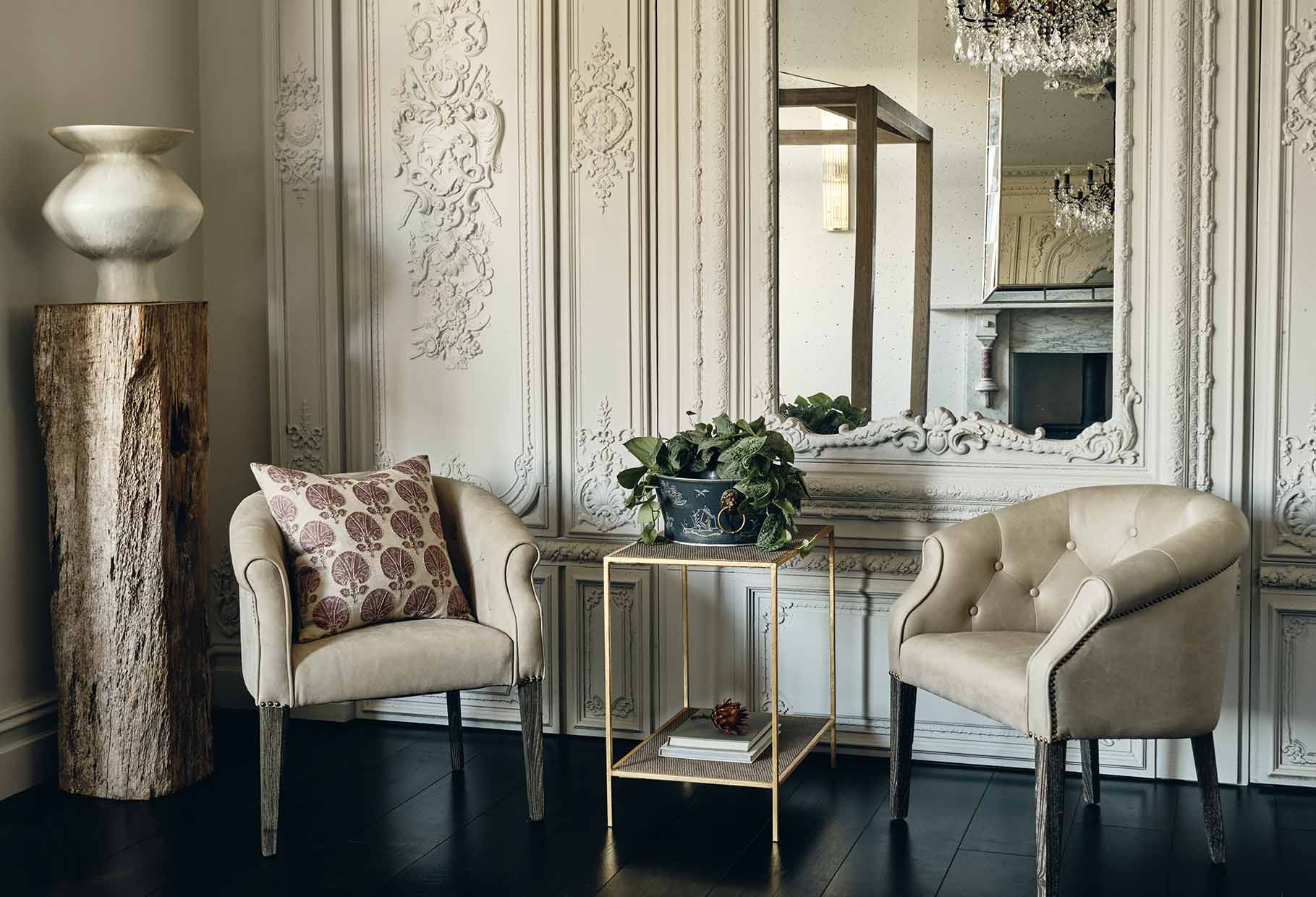
Maintenance instructions
To help prolong the life of your upholstery, we advise the following:
Cleaning
- Apply specialist leather care products only as directed on the container and try first on a hidden area of leather. Do not use leather soaps, hide food, or any polish other than that recommended by a reputable retailer.
- Clean regularly with a soft cloth to remove dust and dirt that could cause premature wear.
- Avoid using a vacuum cleaner on leather
- Regularly dust wooden surfaces with a soft cloth. Occasionally wipe with a soft cloth that has been very lightly dampened with a mild, bleach free detergent solution. Dry with a lint-free cloth.
- Remove all spills immediately. Blot liquid spills with a clean, dry, white cloth and work towards the centre of the spill. Do not rub or use abrasive cleaners, solvents or washing powders.
- Should the piece become stained or suffer other damage we recommend seeking advice from a professional furniture repair service
Care
- Protect delicate flooring from potential marking by furniture’s feet or legs using felt pads or castor cups.
- Do not drop furniture onto corners or feet, or lean backwards on two legs as this will weaken and damage frames, feet or legs.
- Prevent sharp objects such as toys, buckles and heels from coming into contact with your furniture.
- Avoid sitting on the arms or edges of furniture; or pushing feet against or placing them on the arms as this may cause distortion or damage to the arms or frame.
- Avoid using a footstool as a seat unless otherwise stated as it may cause damage to the legs and frame.
- Air pollution such as cigarette smoke and cooking fumes can cause premature wear.
- When unzipping covers, never force a zip. Avoid trapping leather when fitting or lifting by the zips.
- Avoid contact with chemicals such as hair and skin products, household products or baby wipes, fake tans, insect repellents and other cosmetics, or household cleaning materials, other than those recommended as these may affect the finish.
- If your furniture becomes soiled, scratched, chipped or suffers other damage we recommend a professional furniture repair service is sought to restore it.
- If you have insurance you may wish to contact your provider for advice.
